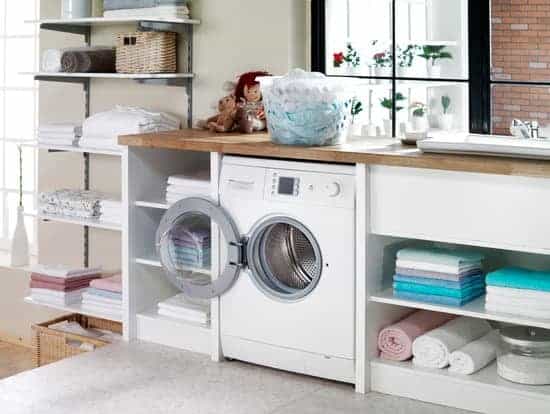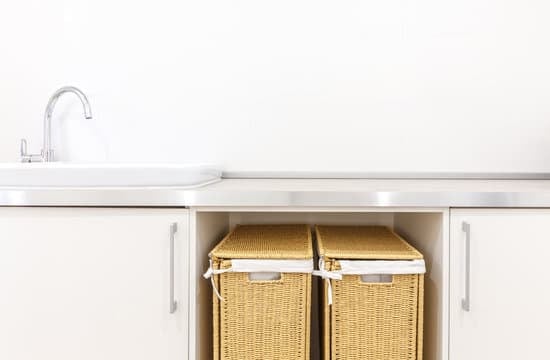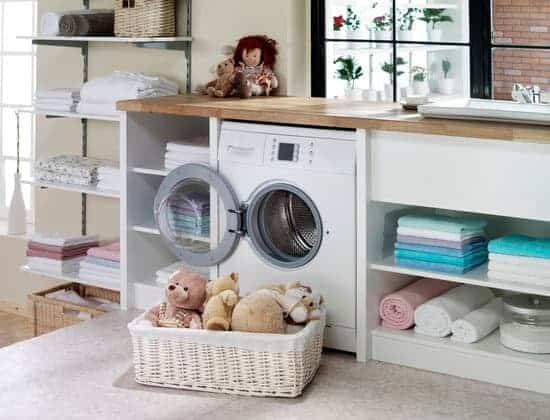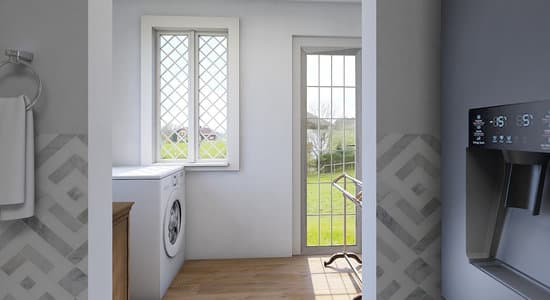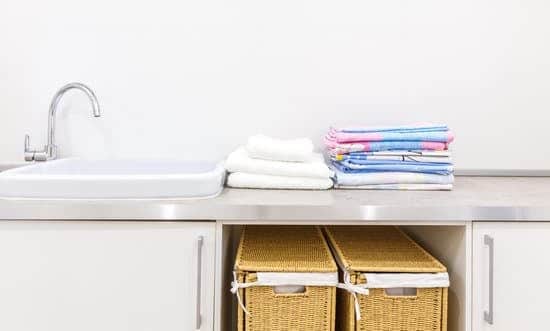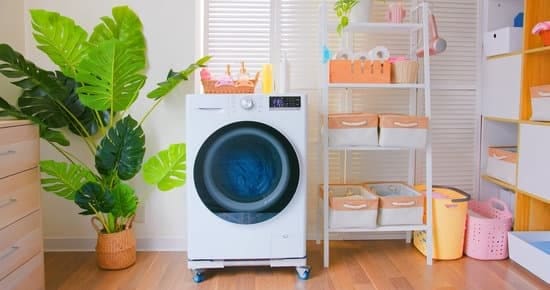Are you tired of lugging heavy laundry baskets to and from the bathroom? Adding a sink to your laundry room can make your life so much easier. In this step-by-step guide, we’ll show you how to assess your space, choose the right sink, gather the necessary tools and materials, install the plumbing and drainage system, and add those finishing touches. With our help, you’ll have a functional and convenient laundry room in no time!
Assessing Your Space and Plumbing Options
Assessing your space and plumbing options is essential before adding a sink to your laundry room. Safety should be your top priority, so make sure you have enough room to comfortably move around the sink without any obstructions. Consider maximizing storage by choosing a sink with built-in cabinets or installing shelves above it. This will help keep your laundry essentials organized and easily accessible. When it comes to plumbing options, look for budget-friendly solutions like connecting the sink to existing water lines or opting for a portable sink that doesn’t require extensive plumbing work. Remember to hire a professional plumber if you’re unsure about handling the installation yourself. Following these guidelines will ensure that you create a safe and functional laundry room with an added sink while staying within your budget.
Choosing the Right Sink for Your Needs
When deciding on the perfect sink for your needs, it’s important to consider factors such as size, style, and functionality. For a laundry room, safety should also be a top priority. When it comes to sink materials, stainless steel is a great option as it is durable and easy to clean. It can withstand heavy use and won’t stain or chip easily. Another popular choice is a composite sink made of quartz or granite, which offers both durability and aesthetic appeal.
In terms of sink size, you’ll want to choose one that fits the available space in your laundry room while still providing enough room for your washing tasks. A larger sink allows for soaking clothes or handwashing delicate items comfortably. However, if space is limited, you may opt for a smaller sink that still meets your basic needs.
Remember to prioritize safety when selecting your sink materials and size to ensure a functional and secure laundry room environment.
Gathering the Necessary Tools and Materials
To gather the necessary tools and materials, you’ll need to make a list of everything required for the project. Here are three key items you’ll need:
- Tape measure: Before adding a sink to your laundry room, it’s important to find the right location for it. Measure the available space to determine where the sink will fit best and ensure there is enough clearance around it.
- Sink kit: Look for a sink kit that includes all the necessary components, such as the sink itself, faucet, drain assembly, and mounting hardware. This will ensure that you have everything needed for a successful installation.
- Safety gear: When working on any home improvement project, safety should be a top priority. Be sure to wear protective gloves and safety glasses throughout the process to prevent any injuries or accidents.
By gathering these tools and materials, you’ll be well-equipped to move on to the next step of adding a sink to your laundry room.
Installing the Sink Plumbing and Drainage System
First, gather the necessary plumbing and drainage materials to install the sink in your laundry room. Make sure to have a P-trap, PVC pipes, pipe wrench, Teflon tape, and plumber’s putty. These materials will ensure a proper installation and prevent any leaks or drainage issues.
To begin installing the sink plumbing, start by connecting the P-trap to the sink drain using PVC pipes. Use Teflon tape on all threaded connections to create a tight seal. Next, connect the other end of the P-trap to the existing drainage system in your laundry room.
When troubleshooting common sink plumbing issues, always check for blockages in the drain pipes. A clogged pipe can cause water backup and unpleasant odors. Use a plunger or plumber’s snake to remove any obstructions.
Remember these sink installation tips for a successful project: follow safety guidelines while working with plumbing tools, double-check all connections for leaks before using the sink, and consult a professional if you encounter any difficulties during the installation process.
Adding the Finishing Touches and Testing for Functionality
Once you have completed the installation, don’t forget to test the functionality of your newly installed sink and ensure that all finishing touches are in place. Safety should be a top priority, so it’s crucial to perform a thorough testing process. Start by checking for any leaks or drips in the plumbing connections. Turn on the water supply and let it run for a few minutes while inspecting the pipes and joints. Additionally, check the drainage system by filling up the sink with water and then releasing it to see if it drains properly without any backups or clogs.
After confirming that everything is functioning as expected, focus on adding the finishing touches. Install any additional accessories like soap dispensers or towel racks according to their instructions. Also, make sure all exposed pipes are securely fastened and insulated to prevent accidents or damage.
Lastly, remember that regular maintenance is essential for keeping your new sink in optimal condition. Clean it regularly using mild soap and warm water to remove any dirt or grime buildup. Additionally, avoid pouring harsh chemicals down the drain as they can damage both your sink and the environment.
By following these steps, you will ensure both safety and functionality for your newly added laundry room sink.
Conclusion
So there you have it – adding a sink to your laundry room is a manageable project that can greatly improve the functionality of your space. By carefully assessing your space and plumbing options, choosing the right sink for your needs, and gathering the necessary tools and materials, you’ll be well on your way to completing this project successfully. Just remember to follow the steps for installing the sink plumbing and drainage system, add the finishing touches, and test for functionality. Good luck!

